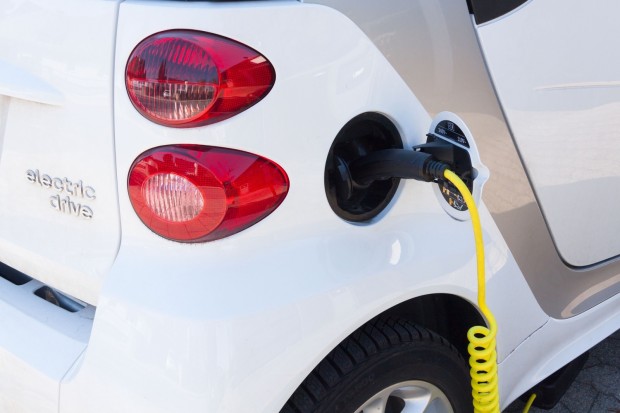Some of the major concerns among people who buy electric vehicles include when and where to charge them. According to recent statistics, hybrid and plug-in electric cars are expected to account for more than 10% of registrations in the U.K in 2020. An increase in the number of electric vehicles means more load on electricity systems.
Some models have batteries that can store about 100-kilowatt hours. That's significantly higher than the average home usage, which is approximately 25-kilowatt hours a day. What's the solution to the problem? Dynamic load balancing allows you to safely charge two electric cars at once using two separate charging stations.
You can use your oven and other electronic appliances in your home while charging your cars. Some charging solutions can support up to 100 charging stations without risking grid overload. How does load balancing work?
Charging stations divide available power over the cars that are charging automatically. EV chargers analyse available capacity and the power requirements of a vehicle. This means that there's no need for expensive investments in a more powerful installation. In this article, you'll learn more about different types of charging stations, how they work, and vital considerations before you install electric car chargers.
What Are Electric Vehicle Charging Stations and How Do They Work?
They're equipment that connects vehicles to a source of electricity for recharging. They're also referred to as electric vehicle supply equipment (EVSE). Some of them have advanced features, including smart metering, cellular capability, and network connectivity.
The charges for using EVSE may be monthly, annual flat rates per-kWh, or hourly rates. There're several types of EVSE, and each of them has different charging speeds.
For level 1 charging stations, you need 120 volts, alternating-current plug. A dedicated circuit offering about 5 miles of range per hour is also necessary. On the other hand, level 2 stations charge through 240 volts AC plugs and require the use of home or public charging equipment.
These stations provide up to 20 miles of range for every hour of charging. They're the most popular, and their charging rate is approximately the same as home systems. Another option for you is level 3 chargers, which are also known as DC fast chargers. One of the differences between this category of chargers and the others is that it uses a 480 volts direct current plug.
The chargers provide DC power to batteries through a special charging port. Level 3 chargers can provide up to 40 miles of range every 10 minutes of charging. One of the drawbacks of using them is that they may be incompatible with some vehicles. Also, some charging stations need significantly higher charging speed.
Here Are Considerations for Electric Car Charger Home Installation
1. Your Home's Eligibility
Consult the relevant authorities or experts on the eligibility of your home for electric charger installation. Is your home ready? If a property can't handle an extra load of a charger, you may need a new service drop. This means cutting off power and getting a new meter and breaker panel for your home.
The age of your garage and how far it's located from a house is also a vital consideration. Long distances mean increased size and costs of installing a cable that runs to a charger. If you have old wiring in your garage, you may need to replace it.
An experienced electrician can help you to ensure proper installation. Your home needs to have sufficient electricity flowing to support a charger for your car. If it's inadequate, consider seeking an upgrade for your service.
2. Electrical Panel
The panel in your house needs to have enough space to accommodate a circuit breaker for your charger. If not, you need to seek help from a professional electrician. The relevant authorities should inspect the installation before you start charging your car.
3. Safety and Reliability
Your vehicle's charger should be safe and reliable. Only install a tested and certified EV charger. The chargers come with different features. Options that have certifications for energy efficiency will save you a significant amount of money on energy bills. Some of them are portable, while others are mounted on walls.
Finally, there're numerous benefits of owning an electric car in the U.K. One of the considerations when making a purchase is the chargers. Ensure you get ones that are compatible with your vehicle and hire a professional electrician for installation.
See Now: OnePlus 6: How Different Will It Be From OnePlus 5?






















